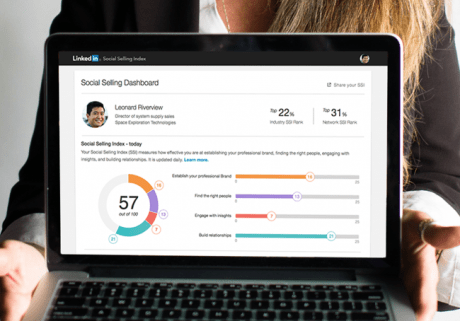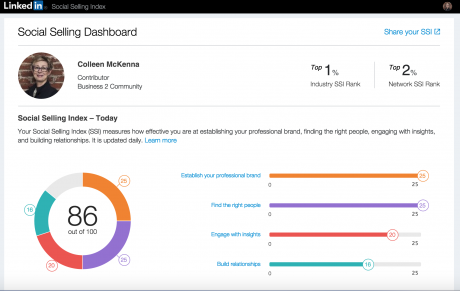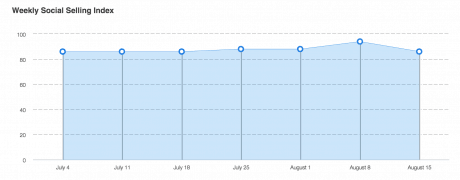I’ve worked with CEOs who want me to report how many emails and phone calls were made on a daily basis. This is painful. They were painful.
I’ve also worked with CEOs who have no sales process or quotas and let everyone do their own thing, thinking they would be motivated by the freedom. This, too, is painful. These CEOs are less painful but often difficult to influence because they assume salespeople would perform like they would. Not always an accurate assumption.
There is much talk these days about the social salesperson. First, let’s be clear. Sales has always been social. It’s always been between people and has morphed from a handshake to a signature on an agreement to a confirmation via email to a click-to-buy button online.
Everyone wants metrics, even salespeople. The question is what should be measured? What information provides the most accurate insight to drive better performance and, in turn, more leads, candidates, members, comments etc. (different data for different companies). Ultimately, conversion to a sale is most important; “the end result” to quote one of my favorite clients. The “how” they arrived at the sale is going to vary from traditional cold calling to social selling today. How does one begin to measure a salesperson’s level of social?
LinkedIn has been testing their Social Selling Index for a while and is now rolling it out to all their members. Note: LinkedIn usually tests new features with a beta group of large companies or teams first and the SSI is no different. It originally was available to teams of 10 salespeople and 100 employees.
Today, you and your team can benchmark individual social selling expertise and use it to further your LinkedIn sales strategy. Why?
- You’ve spent time training and coaching your sales team and you need to know if it’s working.
- You’ve created a social selling environment, where selling goes beyond cold calls and dialing for dollars.
- You’ve invested in content and you need to know that it’s being distributed.
- Your industry is competitive and being a thought leader differentiates you and your team.
Here’s a look at my Social Selling Dashboard:
What I see above shows me where I should focus to create greater influence. I need to spend some time sharing more content and building more relationships.
I can see how consistent I am over a period of time. The goal is to watch index and increase your Social Selling Index score.
The “People in your Industry” and “People in your Network” data is good for benchmarking. It provides a snapshot of how well I use LinkedIn to further my business objectives.
Take a look at yourself and your team and decide how LinkedIn savvy everyone is. Use this as part of your 1:1 conversations and create a sales and recruiting culture of intentional conversations. Remember, you can’t nurture a relationship until you start a conversation. More on that another time.
Don’t forget to check out Lindsey Stemann’s Quick Tip next week on LinkedIn’s new Inbox. (Subscribe to our blog or follow the Intero Advisory LinkedIn Company Page to stay up-to-date).






